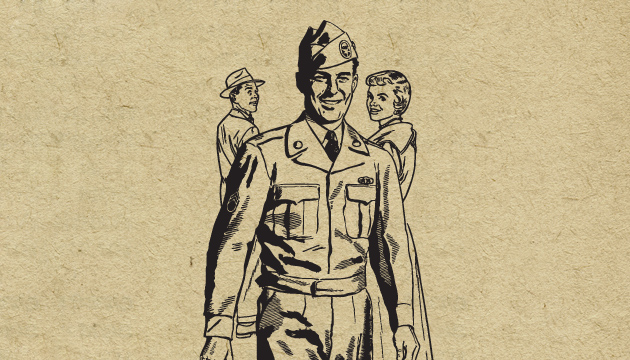In my previous posts I’ve began to map the influence that the military has on the business world. In the first post, we’ve tackled methodology, in the second – principles, in this post we will tackle practical uses in the form of War games and the effects they have in the business world. From big corporations to small businesses, one of the major challenges of executives today is making the right decision in an environment of uncertainty, sometimes even extreme uncertainty. With rapids changes that are happening globally, surprises might rise from new and unexpected directions. This type of environment doesn’t leave the decision-makers enough time to execute strategic thinking and planning processes.
More and more of the daily routine of executives is being spent on “Putting out fires” than on strategic processes, which take substantial time, effort and resources out of an organization. Executives have to develop and imply knowledge, creativity and flexibility simultaneously and on-the-move, while trying not to neglect the deeper long-term thinking.
War games are an ancient concept of course. The game of Chess first appeared in Europe as early as the 15th century, and itself was a version of ancient Indian and Chinese games dating back thousands of years. With the modernization of the European Armies, war games evolved as well. By World War II war games were already a common practice in armies and it was only a matter of time until they spread to other areas as well.
It was during the 50′s that war games made their first appearance in the business world; within a decade the field grew exponentially. Hundreds of new games were developed across the entire business spectrum: management, financial activity, economy, organizational theory, psychology, accounting, marketing and more. To this day, war games are a conventional practice in the business world and in recent years they are showing a resurgence in popularity as well which materializes itself in books, articles, websites, blogs and virtual groups devoted to the matter.
In the corporate world, the game acts as a lab in which we can visualize activities in a competitive environment and test new idea and applications without actually risking anything real. Of course that during the game itself we can learn much about the environment we act in, ourselves, our plans, etc’.
Corporate war games have basically two major purposes: To develop the relevant knowledge for use in the decision making process and to develop an open and attentive organizational culture, one that encourages a joint creation of knowledge. War games are especially efficient in learning about the strategic environment, but they can contribute in concrete matters as well. Matters such as: launching a new product or executing a certain ad campaign. The strategic environment is categorized by a high level of complexity that creates tension with the way the human brain learns (or at least learns at its maximum capacity). The tension occurs due to the multiple components and variants that exist in the strategic environment. The war games allow relaxing the tension a bit. They are unique because they create an artificial environment that is isolated and bounded. Space and time are compressed in the simulation and many parameters are being controlled and manipulated. It means that it allows for experiments in strategic worlds, even if the result will occur in the real world only in the future on in a matter that is not yet coherent.
Like in military or science, the war games allow a corporation to dwell in imaginary scenarios, but not necessarily fictional ones. While describing an alternate reality, usually futuristic, they still rely on a solid factual foundation. The advantage is that the games are “tailor made” for the specific needs of the company, they can be manipulated to fit and benefit a mega corporation as they can easily benefit a small business with 10 employees.
The critiques say that the laboratory environment is too sterile, that reality is always much more complex and that there is no way to precisely predict the future or recreate the past. Those claims are strong and valid, but in order to learn the most from war games one must understand that their role is not to predict the future or recreate the past. They are not supposed to create a virtual reality that is totally identical to the real one. They are meant to enrich the strategic thinking; so that decisions will be made after most (if not all) available outcomes and scenarios have been discussed.
War games allow debating the future in an educational manner. It is merely a discussion, an exchange of thoughts and ideas and not a prediction. This process allows the corporation or business to be prepared to future scenarios and act preemptively, develop the right tools and abilities and be better prepared to what might come. And that, my friends, is much more than a game.
Related Posts
|
|
|






